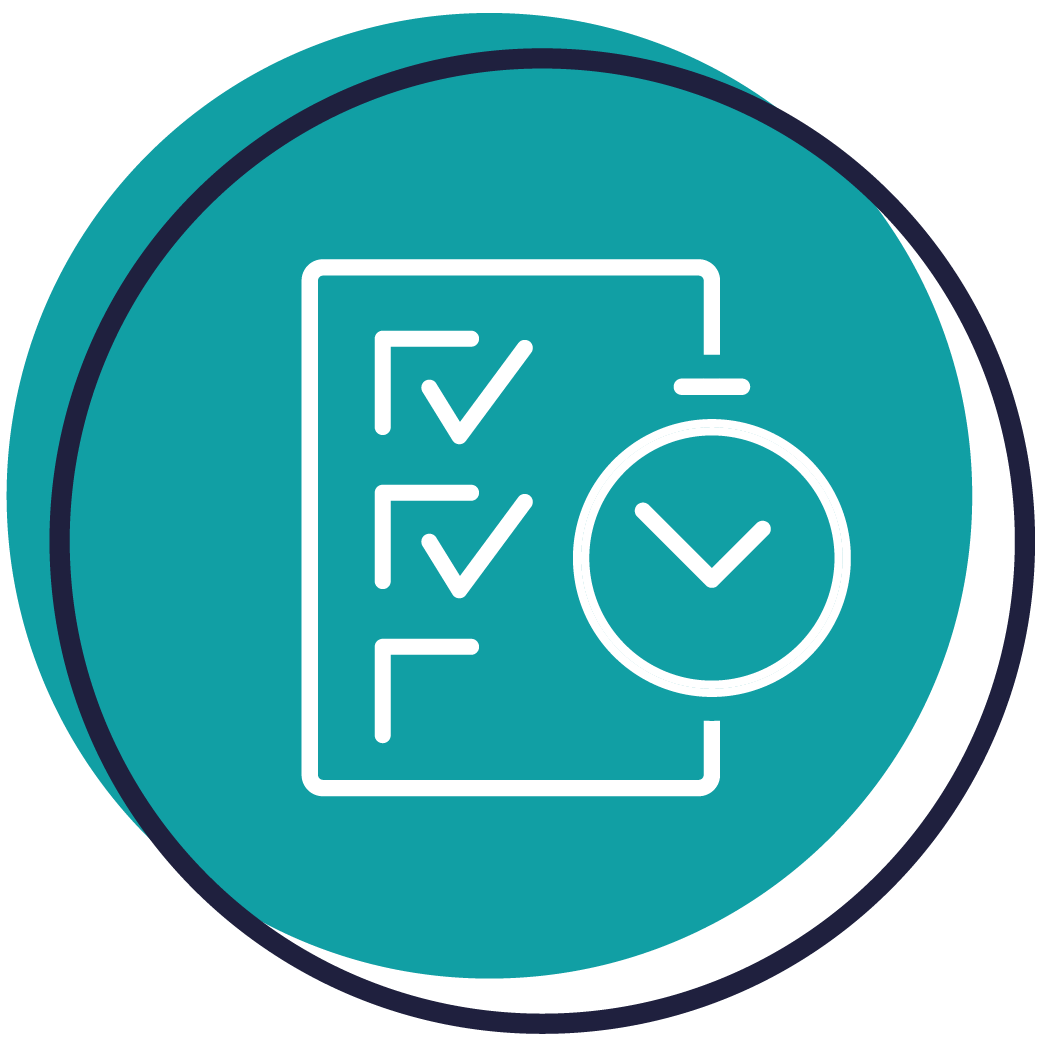Empower your lab leaders with learning that drives operational excellence
Does your organization struggle with...
Lab Management Certificate
Lab Safety Management Certificate
Lab Quality Management Certificate
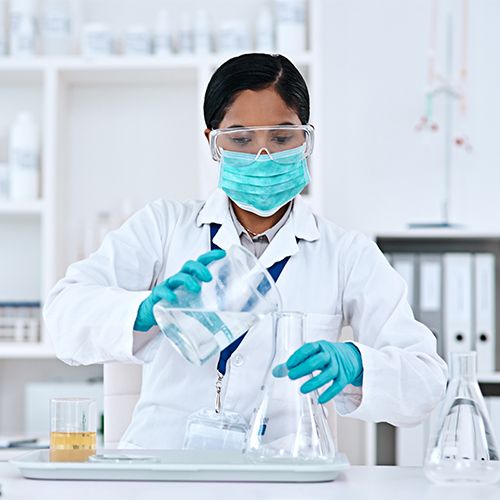
Why Choose Lab Manager Academy for Corporate Training?
Corporate Pricing Details
Starter
-
Standard reporting dashboard
-
Dedicated customer success manager
-
Flexible course packages
Pro
-
Detailed, automated reporting
-
Custom payment terms
-
Customized fireside chat quarterly
-
Virtual instruction opportunities
-
Standard reporting dashboard
-
Dedicated customer success manager
-
Flexible course packages
Premium
-
Custom-developed course content
-
White-labeled interface
-
Team learning dashboard and management system
-
1:1 guidance on custom course accreditation process
-
In-person instruction opportunities*
-
Standard reporting dashboard
-
Dedicated customer success manager
-
Flexible course packages
-
Detailed, automated reporting
-
Custom payment terms
-
Customized fireside chat quarterly
-
Virtual instruction opportunities
What do our programs offer your organization?

Live Office Hours
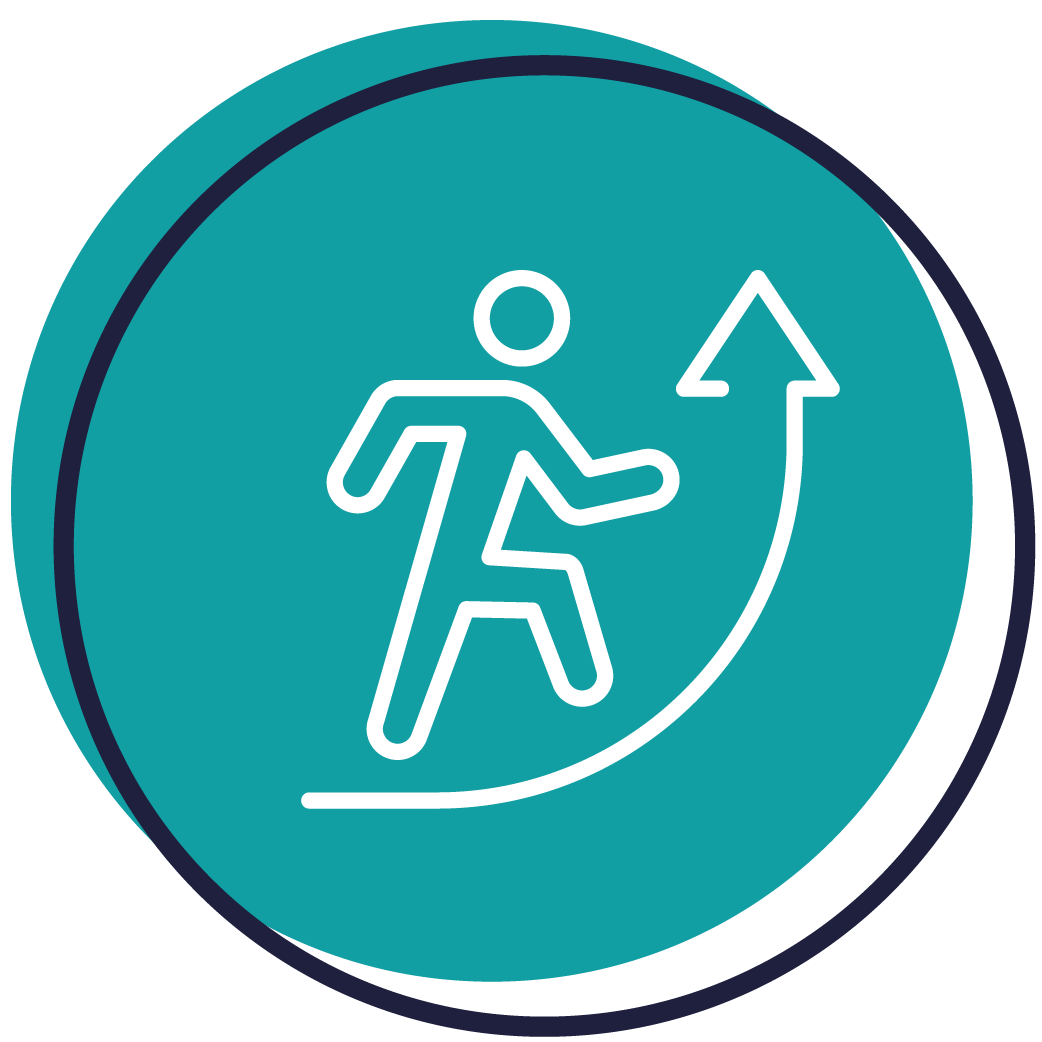
Improve Retention & Reduce Turnover
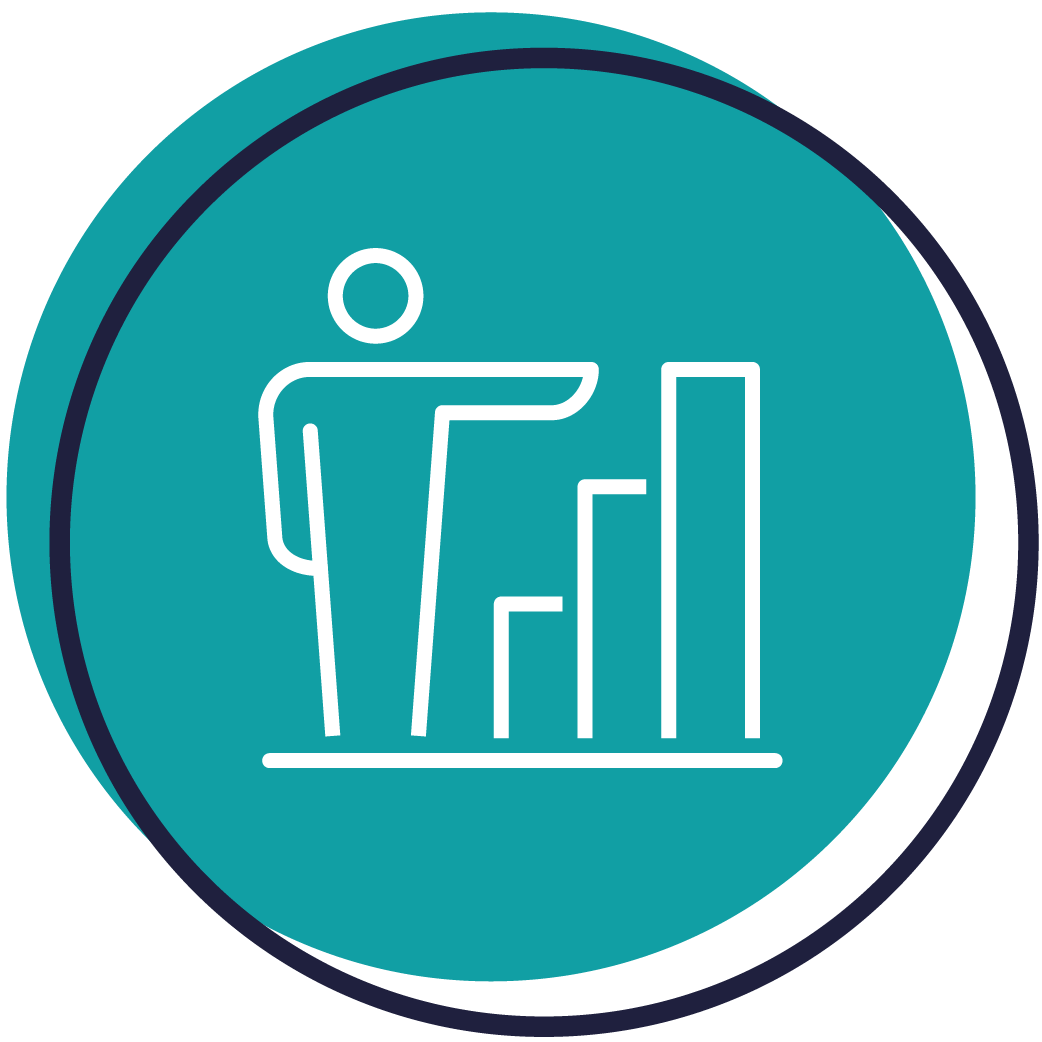
Competitive Industry Advantage
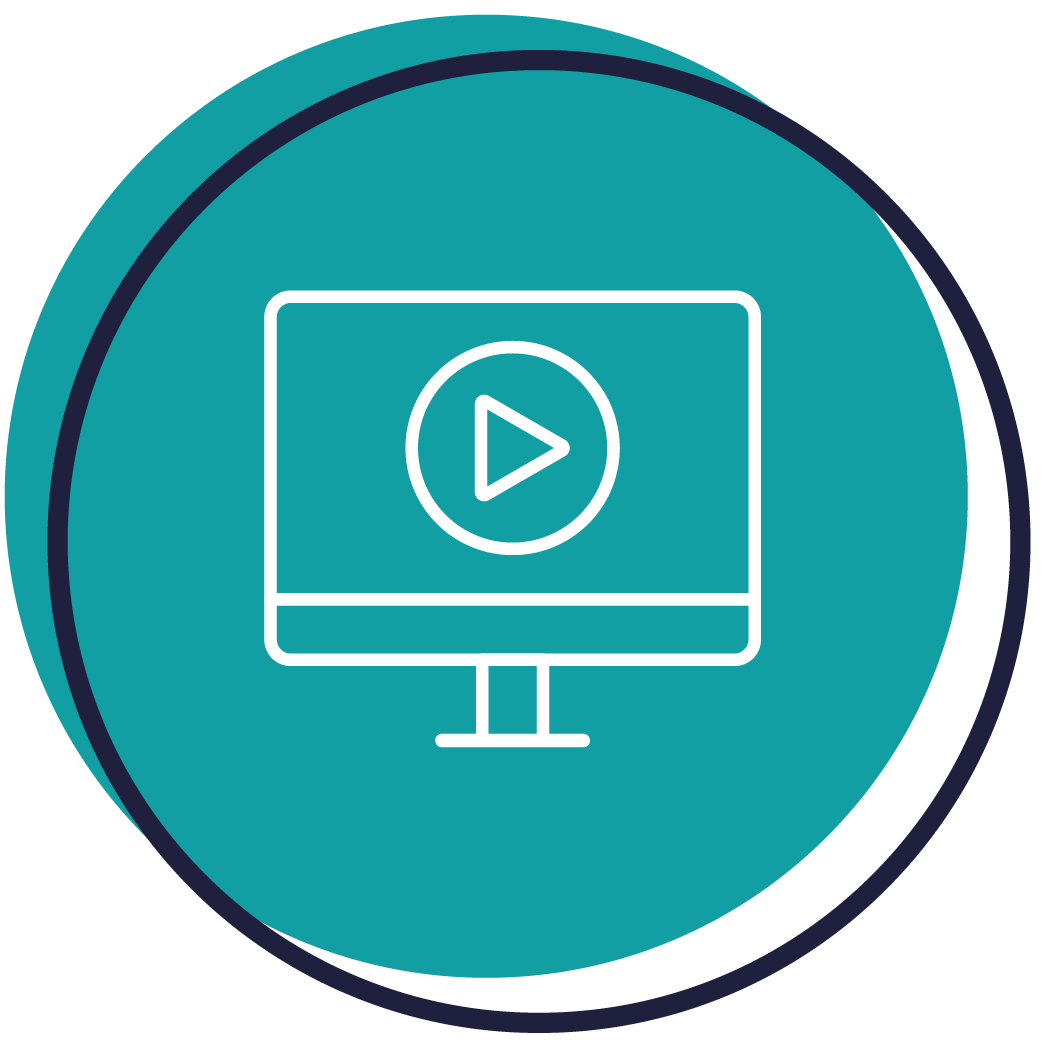
Customizable Learning Streams
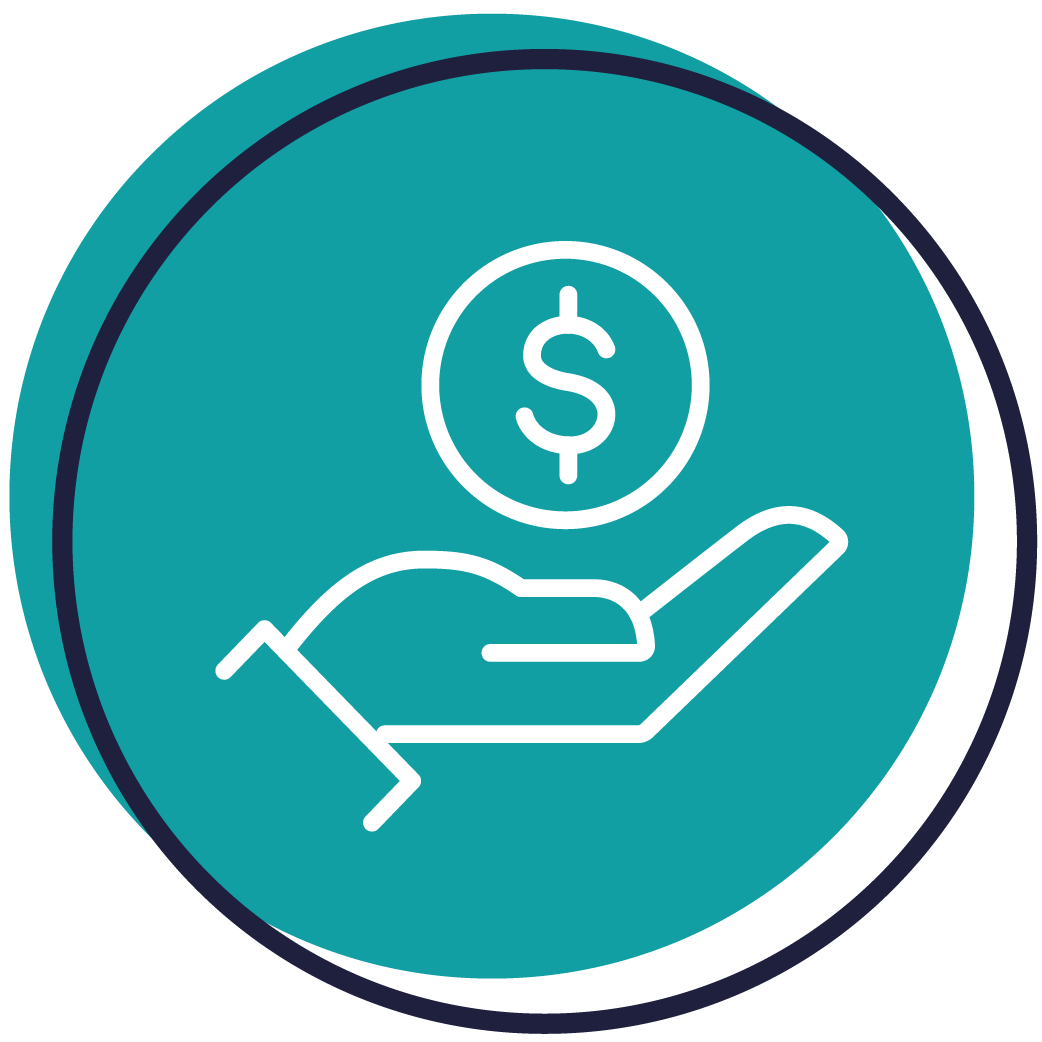
Budget Friendly Group Discounts
